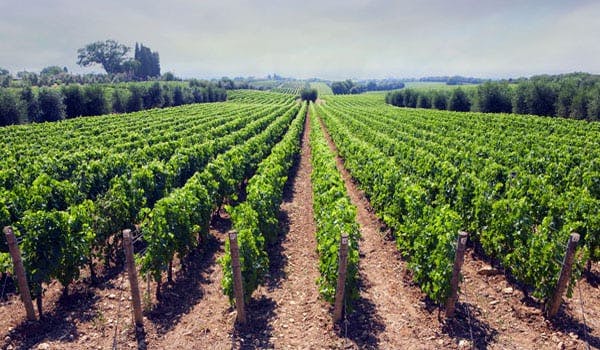A wide-ranging empirical study by University of Adelaide researchers has revealed a decrease in the diversity of wine grapes grown in Australia.
As a result, the study indicates our local wine is not all that different to what’s found throughout the world.
The researchers used a database of wine grape plantings that covers some 99 per cent of the world, and developed the Varietal Similarity Index. This allows growers and stakeholders to compare how similar the mix of grape varieties is between different regions in Australia, as well as across the globe.
In the decade between 2000 and 2010, the data found the varieties grown in Australia have become more similar to the rest of the world’s wine regions.
Kym Anderson, the director of the Wine Economics Research Centre at the University of Adelaide, said the data shows Australia’s wine production is becoming less distinct, and one reason for this is a global move towards preferencing French grape varieties. In addition there has also been a significant uptake by growers in other countries for Australia’s signature variety, Shiraz. These two factors have both contributed to the shift.
“Australia’s ‘specialness’ as a Shiraz producer has shrunk over the past decade,” Anderson said.
A key problem lies in the marketing of varieties to consumers. “It’s quite hard to pronounce some of the varieties’ names, and that can be off-putting for consumers,” Anderson added.
However more people are looking for alternative varieties, and as a result wineries are increasingly looking towards using ‘alternative’ varieties, such as those grown in Southern Europe and South America – regions which are also similar Australian climate.
Chinese tourists to Australia much more likely to love our wine and food
New research by the Ehrenberg-Bass Institute for Marketing Science at the University of South Australia, in collaboration with the Australian Seafood Cooperative Research Centre (ASCRC) has shed light on the Chinese consumer behaviour.
The research found that Chinese consumers who have visited Australia show a significantly higher number of positive product associations for – and have more positive product evaluations of – Australian wine and seafood on returning home compared to Chinese consumers who have not visited.
This positive association flows through to other products and provides an impetus for tourism operators, educational institutions, agricultural producers and government to increase cooperation to harness this opportunity.
“Strategically, we need to stop considering these key industries and their relationship with China as discrete entities: the key is a united China strategy across all sectors,” Dr Jasha Bowe, research associate at the Ehrenberg-Bass Institute said.
Mark Crowe, CEO of the Australian Marketing Institute commented that Chinese students, like tourists, are consumers that Australian producers should be targeting because they are open to the qualities of Australian products.
“We need to be more proactive in targeting these groups upon their return to China with recognisable and differentiated products,” Crowe said.

